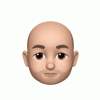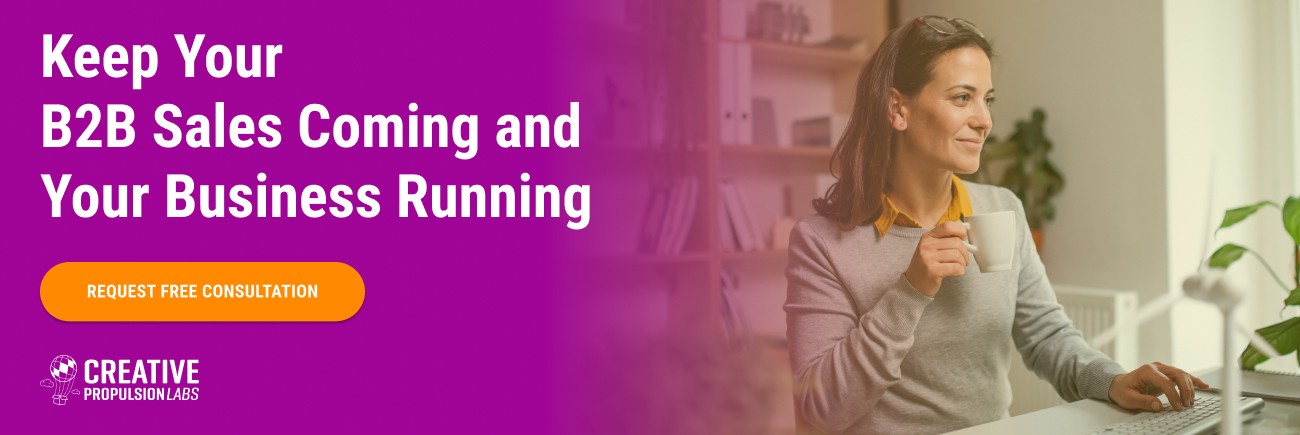A newsletter is one of the best and most personal ways to communicate and keep in touch with your customers, clients, and audience. Here are a few tips and tricks for creating a great one.
Newsletters work.
Email newsletters have existed almost as long as the internet itself and are still one of the most—if not the most—essential ways of communicating with your audience. Every now and then you'll see a headline exclaiming email is dead or a social media platform threatening to kill it off, and yet here email is, bigger than ever. We send 74 trillion emails every year, and in the United States, over 90% of the population uses email, across all age groups. Email is still massively popular, and email isn't going anywhere. And yet, it is under nobody's control. Nobody owns the technology that underpins email or is pulling the strings of an algorithm that controls how much of your audience actually receives your content.
In 2015, DigiDay reported that the New York Times had a seventy percent open rate for some of its newer email newsletters. Originally more of an extension of the physical newspaper, these newsletters had recently evolved to encompass broader themes and content; enough to span 33 separate newsletters. While that kind of an open rate is impressively high, it was and is not astronomical. The average open rate for media and publishing newsletters as a whole was still almost 40% at the same time, according to DigiDay/MailChimp.
That same metric is 22% today. This year MailChimp reported that in most industries email open rates were between 20 and 30 percent. Compare it to the clicks received by an online ad, or the likes and shares of a social media post and the difference, however, is astronomical. The New York Times shifted from newsletters created by automatic feeds to ones crafted by individual journalists, covering a span of diverse topics and niche areas.
The New York Times' newsletter readership exploded in 2015 and remains strong today. Their open rate is still 50 percent, double the industry average.
Your audience wants to hear from you.
Think of an email newsletter as one of the most direct and intimate ways of communicating with your customers. Newsletters offer original, useful information that provides value to the reader. Newsletters are perfect for communicating with your customer about a niche topic, letting them learn more about you, your product, or anything you feel your audience needs or wants to learn more about. Your newsletter's audience is probably already interested in what you have to tell them. Because the customer must sign up or opt-in to a newsletter (sometimes as a prerequisite to doing something else, like purchasing one of your products and providing their email address at checkout, but never without some level of consent), newsletters are only sent to people who want to receive them. Your objective is to keep them interested and wanting more.
Content is king.
The difference between any other kind of marketing email and a newsletter is newsletters are all about giving the reader information or helping the reader learn something new. Naturally, the content of your newsletter is king.
To create great content, remember your goal. So, what is the goal of your business, and how can your content serve that purpose? Why are you sending out a newsletter? Are you using it to strengthen your relationship with your customers? Are you using it to establish your brand as an authority in your area of expertise? Are you using it to inform your customers about your products? Are you using it to generate leads, get more email contacts, or grow sales? Are you using it to drive more traffic to your website? Most importantly, how does your newsletter fit into your larger content, and revenue, strategy?
Creating a great email newsletter.
Here are some of the elements of a great email newsletter:
- Content: As said above, this is the reason for your newsletter's existence. Unlike other kinds of email marketing campaigns, whether you're letting your reader know about the day's news or your company's upcoming sale, newsletters are informative. Offer original, useful information, ideally presenting in a way that sets you apart from the competition.
- Timing: According to internal testing at business magazine FastCompany, the time a newsletter is sent matters less than people think. Whether FastCompany sent out its daily newsletter at 6 A.M., noon, or 4 P.M., their open rate stayed the same. "Emails have a long shelf life, and users will go back and click on an email that interests them hours, days, and even weeks after you send it." Your newsletter's highest open rate, however, will be in the hour after you send it. Consider factors such as "your workflow, your audience, your competition, and your goal." says FastCompany.
- Appearance and design: Make sure it looks as good as possible. A messy newsletter implies your company has larger problems 'under the hood,' that your content may not be reliable, or can just be too hard to read.
- Layout and formatting: Newsletters should be optimized for mobile reading first (phones are where the majority of people read the majority of their email), simple, and easily skimmable. Text should be broken up into bullet points, short sentences, and minimal but clear blocks of text.
- Photos: Use photos, but with caution. They won't always be visible in every email client and may slow down the newsletter's load time.
- Subject lines: Tell people what is inside the email. Don't worry about selling it here, you just need to get them to open it.
- Navigating spam filters: The best way to get past spam filters, according to MailChimp, is to learn how they work.
- Keeping in touch: Make sure you keep in touch with your subscribers on a regular basis so they remember to update their subscriptions when they change emails. Nobody wants a stale email list with a high bounce rate.
- Growth: Market your newsletter as a standalone product, and as an extension of your business. If your newsletter is based on your blog, there should be enough content (with at least article headlines and perhaps pictures for the main blog posts) to give your readers an idea of the content. You're growing your reader's interest for the rest of your content by making them want more information, not by teasing them with clickbait and cliffhangers.
- Testing: Make sure to test your newsletter's readability for various browsers, platforms, and geographic locations. Email platforms like MailChimp, Constant Contact or Klaviyo and others generally have these features built in. Send A-B test emails with different headlines or content to small groups of your email list and track the open and clickthrough rates to tweak your newsletter's design. Or go a more personal, hands-on route. FastCompany tests headlines by Tweeting them early in the morning and measuring the responses. They also send out surveys to their readership. However, they always make sure to follow up those surveys with testing to compare what readers saidthey wanted to what they actually responded to. As FastCompany says, "test everything."
Photo by Mattias Diesel on Unsplash


